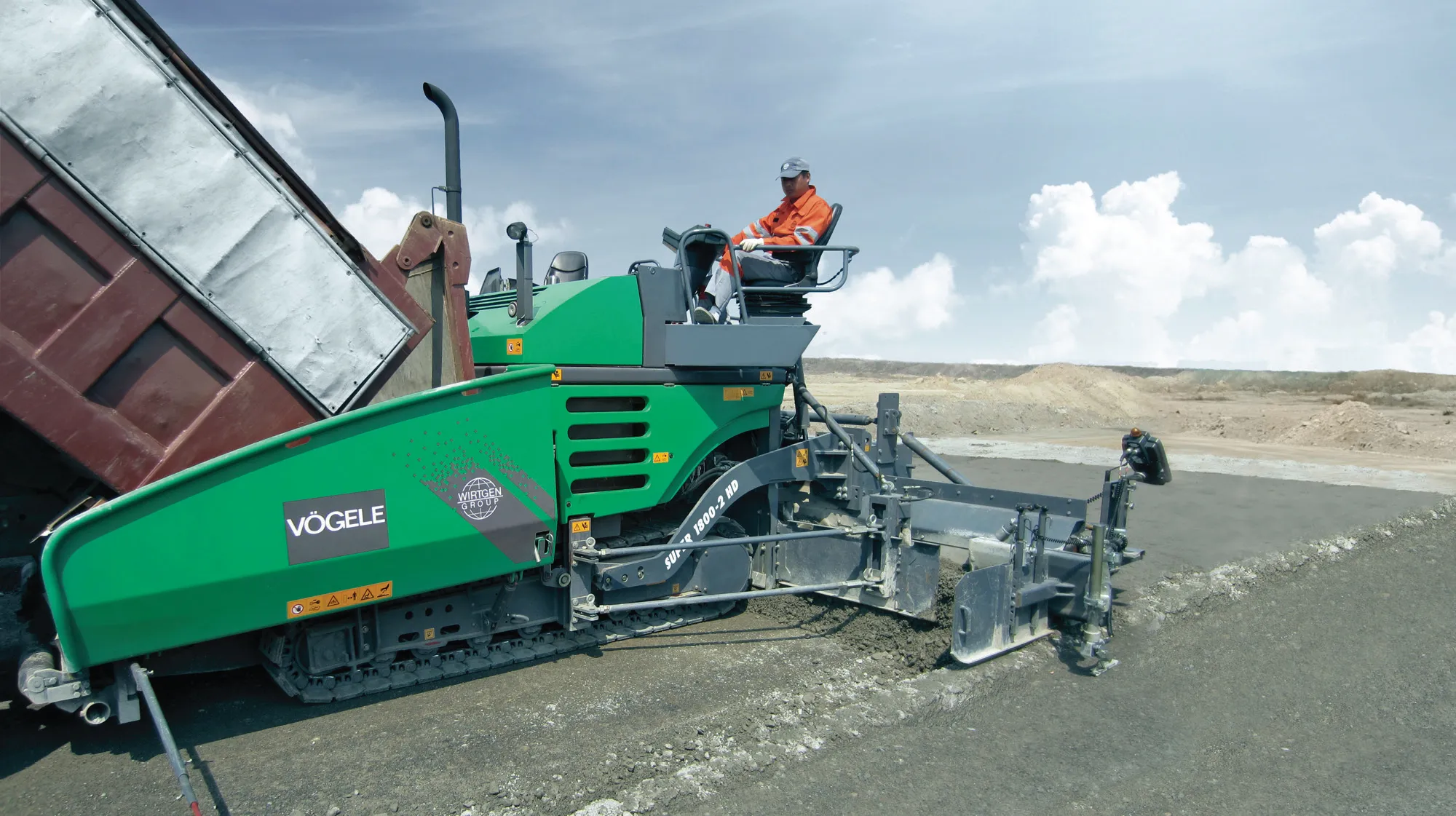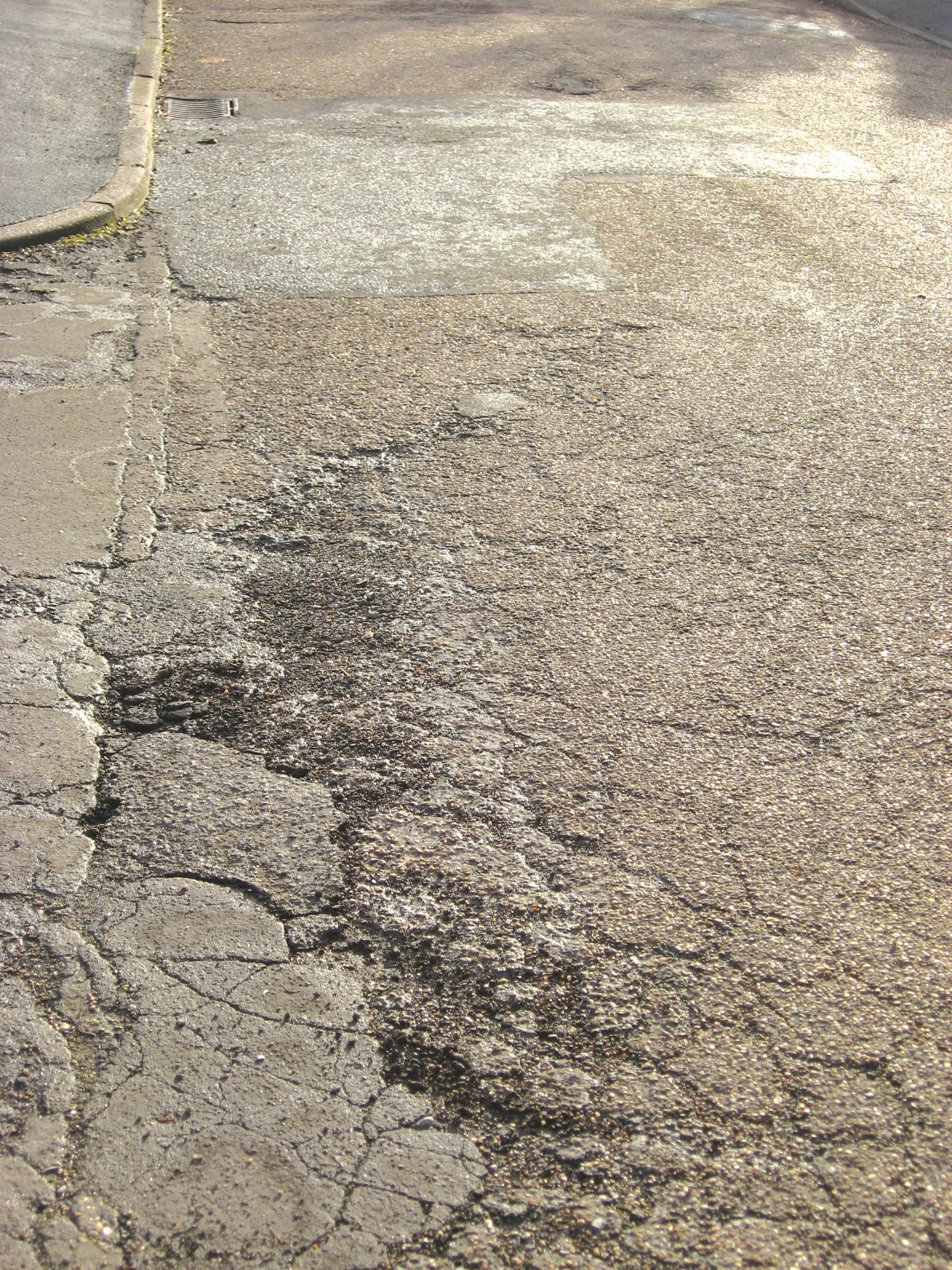A car owner in China had something of a shock when he returned to his vehicle and found it covered in ice. The car had been parked underneath a bridge in Changchun, in the northern province of Jilin and the day had started sunny and warm, which resulted in a thaw.
June 24, 2013
Read time: 1 min
A car owner in China had something of a shock when he returned to his vehicle and found it covered in ice. The car had been parked underneath a bridge in Changchun, in the northern province of Jilin and the day had started sunny and warm, which resulted in a thaw. Ice that had formed on the bridge melted and fell onto the vehicle but a drop in temperature caused this to freeze once more, covering the front of the car in a thick layer of ice.








